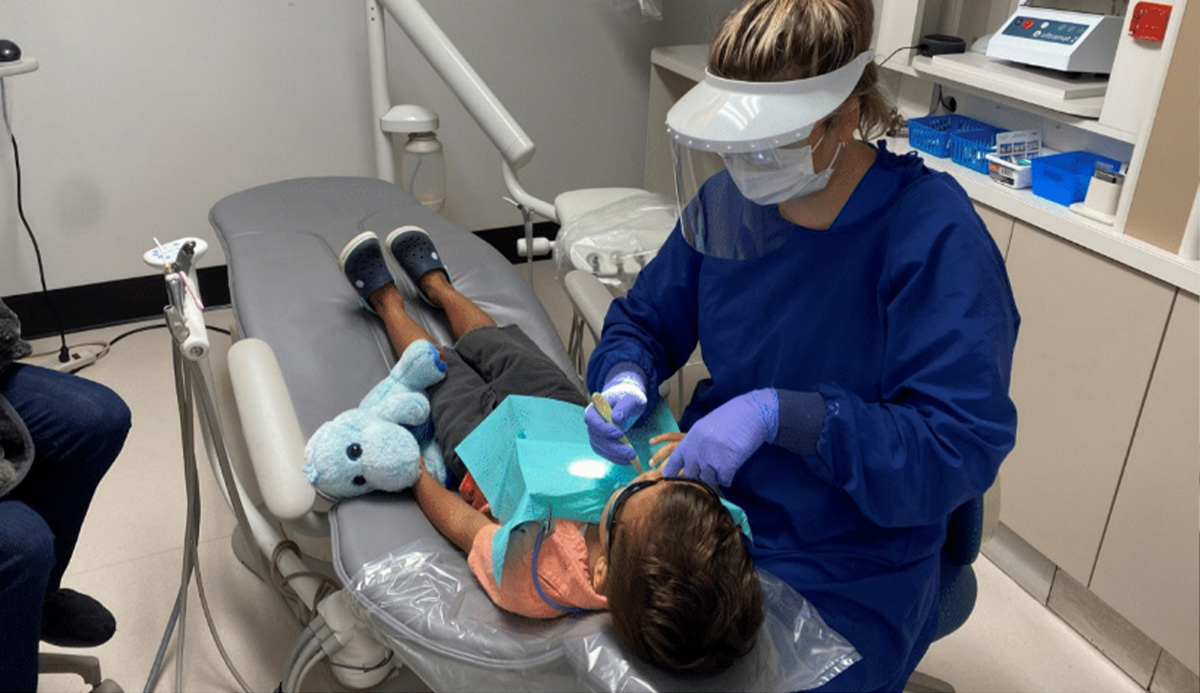A Closer look at a dental workforce model: mid-level providers
By: Tamana (Bunny) Begay, DDS, Supervising Clinical Director, Gallup Indian Medical Center and External Advisor, Delta Dental’s Driving Greater Diversity in the Oral Health Workforce Campaign
Access to care is a critical issue when addressing and meeting the oral health care needs of our communities. Clinics, both urban and rural, are faced with many challenges that contribute to patients either not being seen or only in an emergency capacity. To address this challenge, multiple workforce models need to be considered.
In looking into best practices, a model of care that is working throughout the world, and even in the United States, is the role of dental health aides. More specifically, the dental therapist (DT) and the dental health aide therapist (DHAT).
There are six levels of dental health aides, and being a DHAT is the most advanced level. They are licensed mid-level providers similar to physician assistants for doctors but for dentists, serving an important role in our workforce to address community needs.
DTs and DHATs undergo a minimum of three academic years of education, including clinical training and an additional preceptorship. Amongst the five educational programs, there are three programs currently approved by the Commission on Dental Accreditation.
Practice scope varies from state to state but can include community work focused on prevention, taking radiographs, providing minimally invasive dentistry, administration of local anesthetic, performing restorations, and nonsurgical extractions.
DTs and DHATs work closely with and under the general supervision of a dentist. Together, they will determine the scope of practice for their clinical setting, following state regulations. The other levels of DHAs are able to work under the supervision of a DT, DHAT, and/or hygienist.
The environment in which they work can be synchronous or asynchronous (i.e., teledentistry), relying on standing orders for treatment. This is particularly useful in rural clinics, mobile and school clinics, and in underserved areas. The issue of dental deserts is not only a rural issue, where there are no dental clinics for some distance, but also in urban areas where patients cannot find anyone to take their insurance.
Thirteen states have authorized legislation to license DTs and DHATs; however, only five states currently have practicing DTs and DHATs. What we know about DTs and DHATs is that they often serve in the communities in which they live. Because they are a representative of the community, there is an inherent trust placed in them. This trust leads to changes in how community members view and prioritize their oral health care needs. It becomes a collaborative effort to address preventive models and to get early treatment interventions.
When creating an environment that engages patients in discussion and in making decisions about their care, the more empowered they become. The benefit of an expanded team is the increase of access to oral health services for all communities. Resources need to be created to assist in the training of DTs and in educating both the public and the profession about the benefit of an expanded team.
